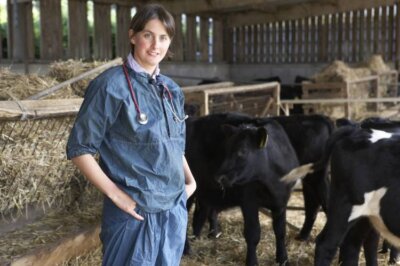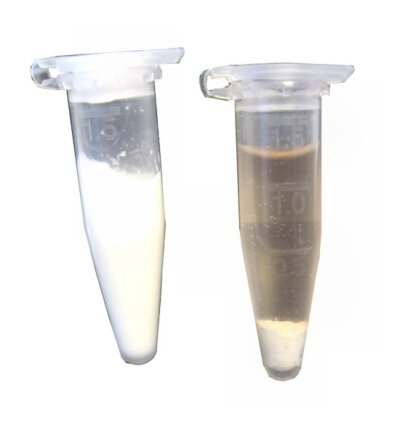
Collecting samples, preserving them and getting them back to the veterinary lab in prime condition is vital to accurate and reliable diagnosis. Fortunately, this crucial part of a field vet’s work has never been so well resourced.
Swabs – standard and mini-tip are probably the simplest and cheapest means of collecting samples for veterinary testing. Even so, it’s essential to use the right swab for the job. Plain Swabs allow the collection of a wide range of samples while Charcoal Swabs and Amies Transport Media Swabs help stabilise and preserve some types of sample. Fortunately, the affordability of even the more specialised and less frequently used swabs means that a stock of the full range can be included in every vet’s field kit.
Collecting and preserving samples
Vets in the field often need to collect and preserve blood samples for transport back to the lab. Choosing the right container for a critical blood sample is essential to maintaining the quality of the sample, and the reliability of subsequent diagnostics. Anticoagulant tubes ensure that blood samples arrive at the lab clot free, while preservative treated tubes inhibit sample degradation. At the practical level, each type of tube is clearly colour coded with plenty of label space for recording important details.
Less invasive is the collection of surface material from an animals fur or skin. A sterile scalpel blade and 70% alcohol solution is all that’s needed for collection of dandruffs, peripheral lesion scrapings or hairs with roots. Spread directly onto the pre-prepared dermatophyte culture medium, Vetlabs’ Mykodermoassay kit quickly and reliably diagnoses any dermatophytosis caused by ringworm.
Preservation often requires a potentially hazardous fixative
Sadly, a vet in the field often needs to collect internal samples from an animal that has died from its illness. Here it’s vital that organs or other tissues samples are safely and securely recovered, preserved and transported for diagnostic testing. Preservation often requires a potentially hazardous fixative such as Buffered Formalin. Fortunately, tough and durable Pre-filled Histology Pots, with wide openings and secure closures, now provide a safe and secure solution to the problem.
Advances in Veterinary Diagnostics mean that many samples can now be reliably tested on site rather than taken back to the lab, and many more new tests are sure to appear. However, for as long as laboratory testing is needed, whether on swabs, in plain universal containers, blood tubes or in specialist transport media, the importance of convenient and secure sample collection and transport will be paramount a long time to come.



